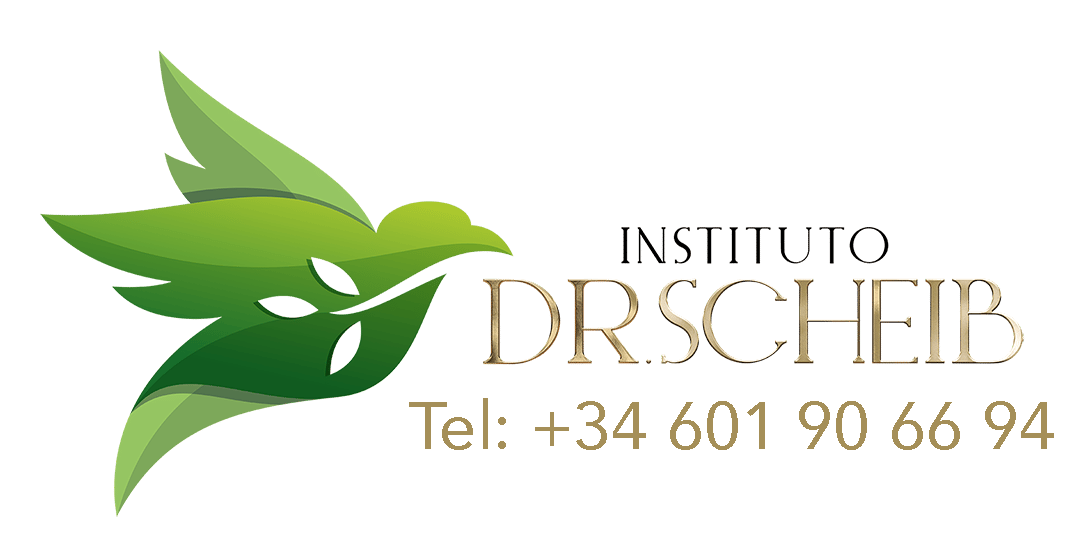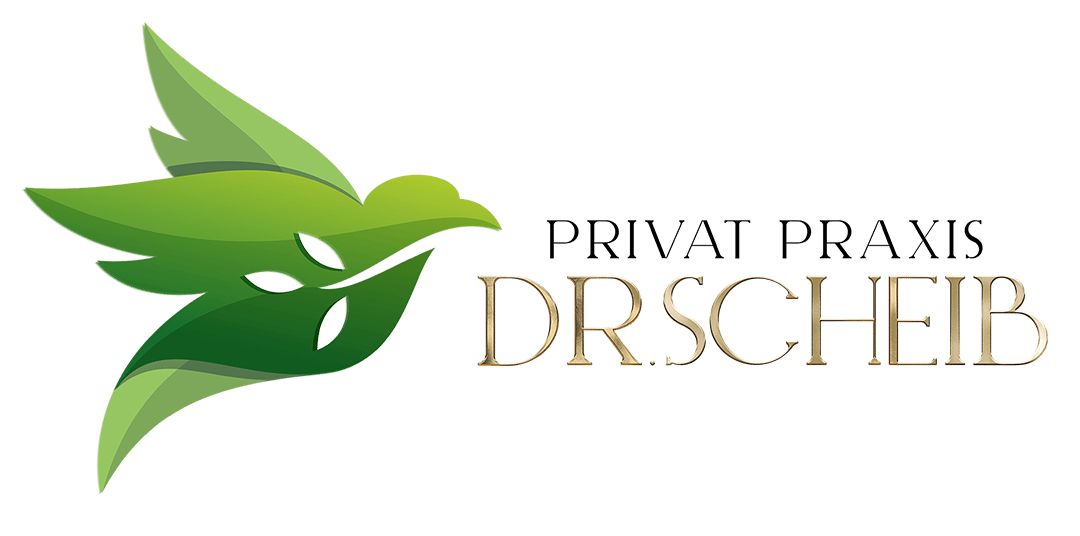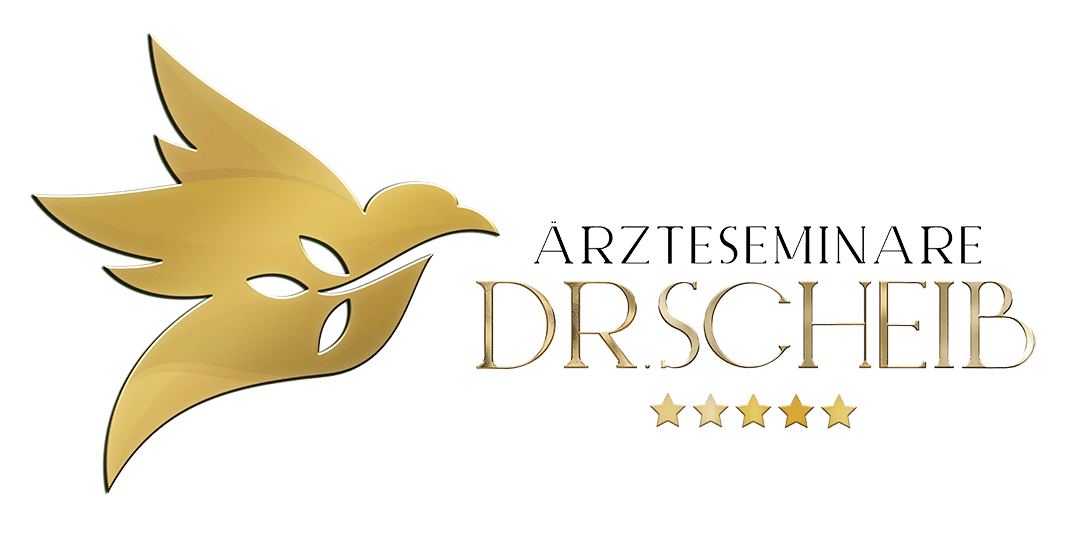The initial step in the therapy concept of the Clinic Dr Scheib is a comprehensive diagnostic investigation, in which existing findings are evaluated and further psychological and medical examinations are carried out. Depending on the clinical picture, and the type and severity of symptoms, the following examinations may be performed:
Detailed medical history
Here the patient’s biography is explored for any causes attributable to their life history, as well as to determine resources that may be important for further treatment.
Psychological test diagnosis
There are a number of methods of psychological testing that can be used to test the severity of a burnout, any additional underlying depression, and accompanying symptoms. These findings are used not just for planning therapy but also for monitoring the course and success of treatment.
Sleep laboratory
Many patients suffering from burnout also have problems with sleep. Sometimes, however, unidentified sleep apnoea also leads to symptoms of depression. For this reason, our patients are connected, for one night, to a small device that records breathing, heart rate, EEG and muscle tone, as well as snoring.
Quantitative EEG
This is used to measure the activity in the different areas of the brain, and to present this as a sort of map of the brain. In the case of burnout and depression, typical changes in activity are usually detected, and these can be used as initial values for neurofeedback training.
HRV measurement
Heart rate variability gives an indication of how capable the vegetative nervous system is of reacting to stress. Burnout often results in an impaired HRV, which is associated with a higher risk of stress-related heart disease.
ECG, MRI, CT, blood tests
Additional medical investigations may also be considered, depending on the problem. In particular, underlying diseases that may be associated with burnout need to be recognised. Specifically, disorders of the immune system or damage caused by substance abuse must be identified.
If you are interested in our therapy, please take a few seconds to fill out our contact form. We will set up a preliminary phone interview at your convenience to determine your individual therapy:
Therapy concept for burn-out
After an intensive medical and psychological diagnostic process, the following treatment elements will be introduced to create a multi-modal therapy concept:
Psychotherapy
The emphasis is on intensive psychotherapy, usually with two therapy sessions per day; this achieves rapid insights and cognitive restructuring. Both behaviour therapy and psychodynamic counselling are effective; where necessary this can be expanded to include EMDR.
Coaching
The work and living situation must be analysed in detail, and options for change as well as resources identified. The possibility of change in work and the workplace must also be investigated.
Sports therapy
One simple and important and method of treatment is physical activity. It is, however, difficult to motivate patients with burnout to take exercise because of the depression that they are often also suffering. In sports therapy, physical activities that alleviate aggression, create a new sense of achievement and result in relaxation are developed together with patients.
Relaxation techniques
Autogenic training, yoga, progressive relaxation and mindfulness-based stress reduction lead to relaxation, improve the way in which stress is handled, promote sleep and thus have a significant effect against depression and in reducing burnout.
Ketamine infusions
If depressive symptoms are severe, we offer additional treatment with ketamine infusions. These produce an immediate anti-depressive effect, with a response rate of 80-90%; anxious tension and suicidal thoughts disappear and neuroplasticity is improved. Provided there is no untreated high blood pressure or severe heart disease, the procedure is quite safe. This substance has been used in significantly higher doses as a safe narcotic for decades.
Hypnosis
in combination with ketamine infusions we offer hypnosis sessions, which generally improve the effect even further. In this process, the hypnosis uses the dissociative effect of the ketamine in order to quickly gain insights and new ways of thinking. Hypnosis is also offered as a separate therapy module.
rTMS
Repetitive transcranial magnetic stimulation uses strong, pulsating magnetic fields to stimulate or suppress specific parts of the brain. The procedure also improves neuroplasticity and has a noticeable anti-depressive and anti-anxiety effect.
tDCS
In transcranial direct current stimulation a weak electrical current, which stimulates specific brain structures into activity, is passed through the brain. The effect is not quite as pronounced as with rTMS.
HRV biofeedback
The length of a heartbeat is controlled by the vegetative nervous system, in particular the vagus nerve. In patients suffering from depression or coronary heart disease, the ability to control the heart is restricted. Through biofeedback, which is based on the change in the range of fluctuation in the pulse (HRV), this can be broadened again, which also has an anti-depressive effect. HRV biofeedback also counteracts high blood pressure.
Neurofeedback
Certain parts of the brains of people suffering from burnout are underactive, while others are overactive. These activity states can be measured in a quantitative EEG and, building on this, tuned up or down with a biofeedback system.
In our private clinic we offer patients with burnout issues the opportunity, as part of a short course of therapy, to deal with their own situation intensively, discreetly and anonymously through individual therapy in a relaxed holiday environment. This includes:
- analysis of the working situation;
- analysis of personal resources;
- reactivation of the healthy areas of life that have been neglected;
- learning techniques for relaxation and setting boundaries.
The other therapy modules described above are applied for these purposes.
Most people manage to recover their stability within two to three weeks with our short course of therapy. With the result that they once again become themselves in their own workplace, or even take the step towards a new beginning.
Are you vulnerable to burnout, or even already suffering from it? The following self-test will provide an indication:
A self-test can only ever give an indication and does not provide a definitive diagnosis!
Contact us now if you are interested in our therapy.








